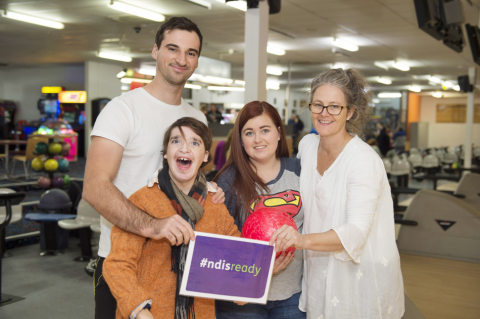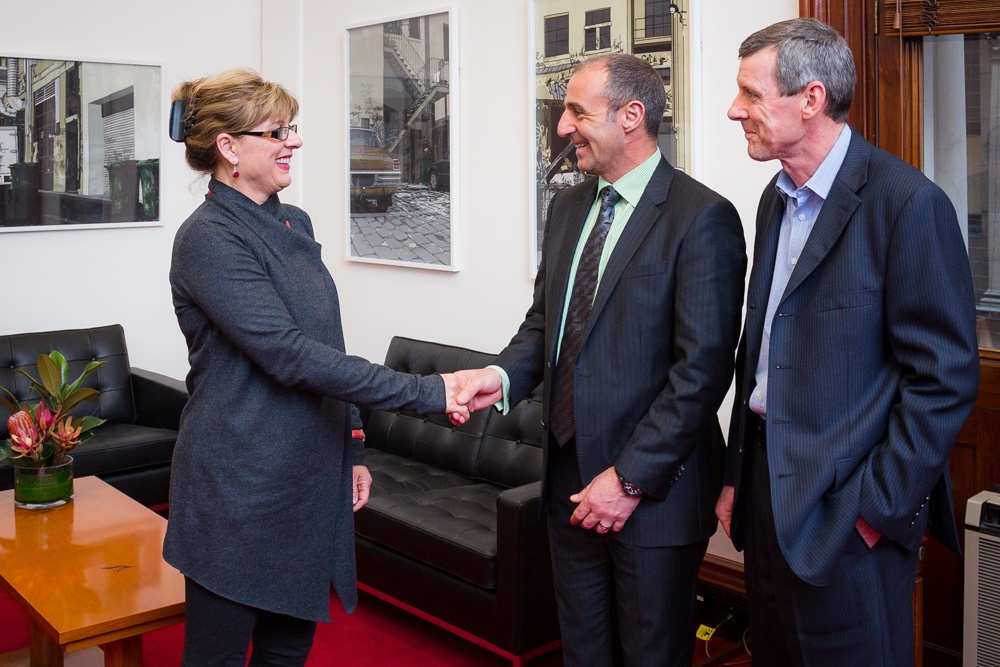NDIA – Stakeholder Engagement on the NDIS Rollout


NDIS is a new jointly funded program that largely replaces and enhances existing disability support services provided by the Commonwealth and the States. When fully implemented in 2019-20 the cost of the NDIS is projected to be $22.1 billion per year, with further growth after maturity expected to reach $25 billion by 2022-23. With such a large undertaking, stakeholder engagement became critical for NDIS.
The NDIS will provide about 460,000 Australians under the age of 65 with a permanent and significant disability with the reasonable and necessary supports they need to live an ordinary life.
The scheme aims to support people with disabilities to build skills and capability so they can participate in the community and employment.
The NDIS helps people with disability to:
- Access mainstream services and supports
- Access community services and supports
- Maintain informal support arrangements
- Receive reasonable and necessary funded supports
The National Disability Insurance Agency (NDIA) is an independent statutory agency. Their role is to implement the NDIS. Their priority is to ensure people with disability continue to get the support they need.
NDIS Stakeholder Engagement Program
The NDIS began in a number of trial sites around Australia from July 2013. Since 1 July 2016, the NDIS has been trialling in stages around Australia over three years to ensure it is successful and sustainable. The changes that are required to existing disability support systems are significant and a great deal of coordination is required to ensure the scheme can be introduced gradually, ensuring a smooth transition for people with disability and support providers.
NDIA has been engaging with a range of stakeholders at national and site levels to coordinate the rollout of the NDIS and to gather feedback so that they can deliver the NDIS in a way that best meets the needs of people with disability, their families and their carers, and that is sustainable into the future. Some of the key stakeholders include, but not limited to, federal and state governments, providers, businesses, people with disability and their carers, NGOs, and community groups.
NDIS Stakeholder Engagement Management System
Darzin was initially implemented for NDIS head office in 2015 with an aim to:
- Map stakeholders to understand who they are, who they work with, their level of influence, and how the groups/ individuals are linked to each other
- Track all interactions with stakeholders so all team members can be more informed about the existing relationships, better coordinate engagement activities, ensure consistency in messaging and avoid consultation duplication
- Register engagement activities such as CEO forum, co-design engagement, and specific events etc
- Gather feedback from stakeholders regarding the NDIS and their experience with the rollout
- Report on recurring themes to inform decisions.
In early 2017 Darzin was introduced by NDIA head office to trial sites so engagement activities can be captured and tracked at the site level across the states and territories in a consistent manner. While the staff track and report on engagement activities at the site level, NDIA administrators have an oversight of data across all sites. Darzin also makes it easy for stakeholder management across teams: to share stakeholder information, common issues, challenges, success stories for ongoing learning. These are important aspects of the stakeholder engagement system for NDIA considering the vast (and fast-growing) number of trial sites and staff involved in the delivery of the NDIS.


Australian Prime Minister Malcolm Turnbull (right) and Australian Social Services Minister Christian Porter pose for pictures with Asha Ellis and mother Kate, who are benefiting from the NDIS. Photo credit: AAP Image/Lukas Coch
https://www.ndis.gov.au/

